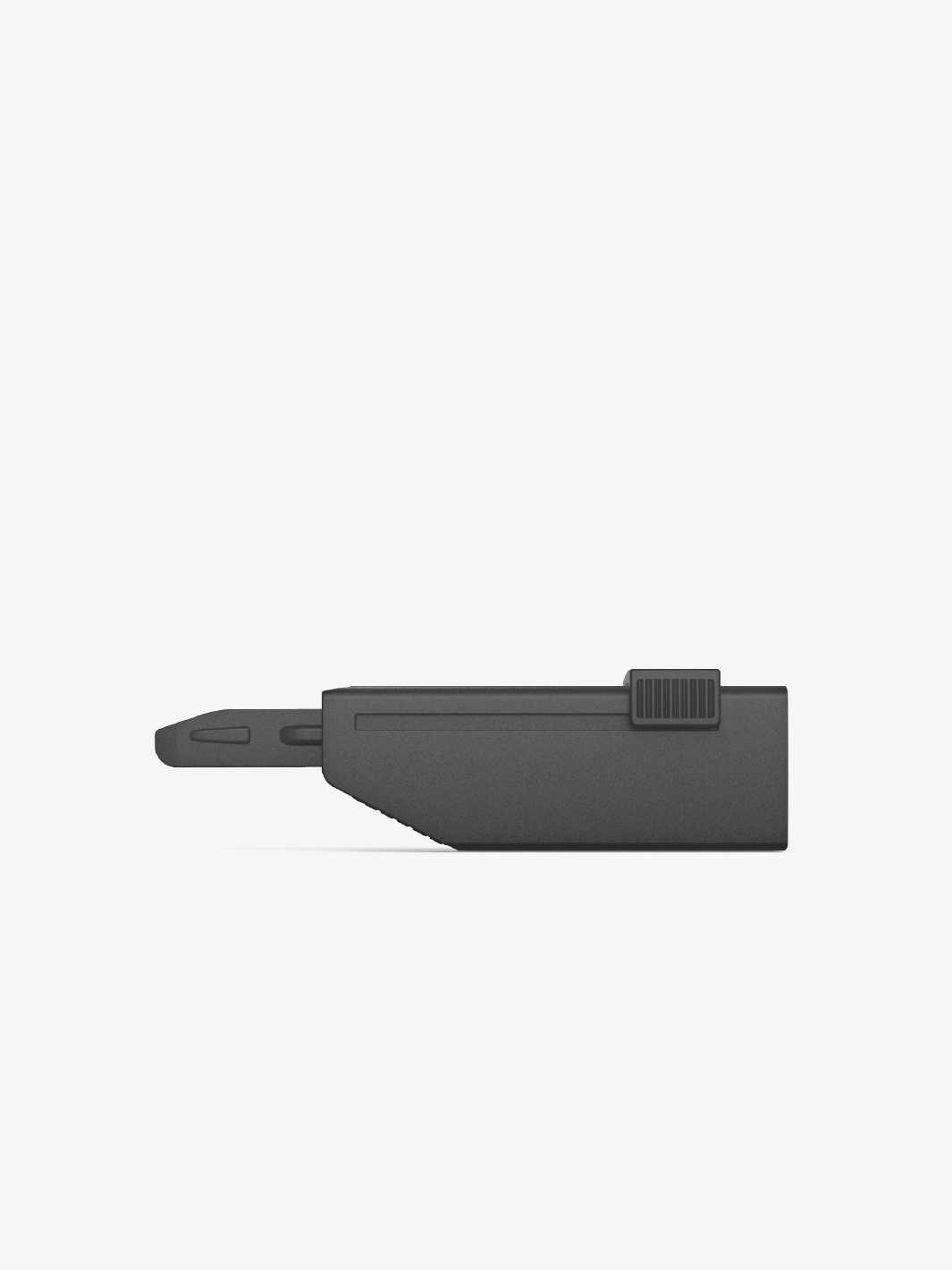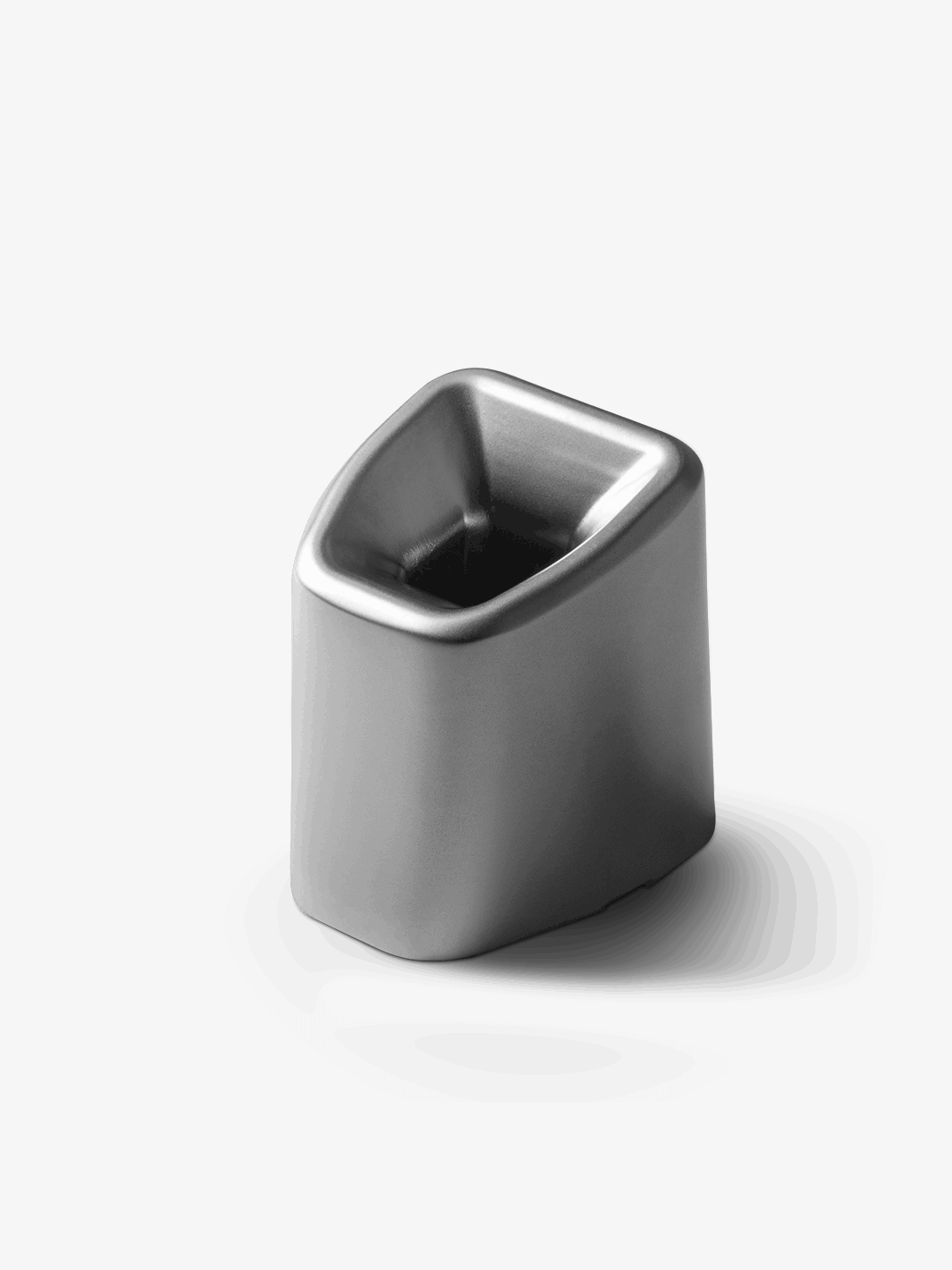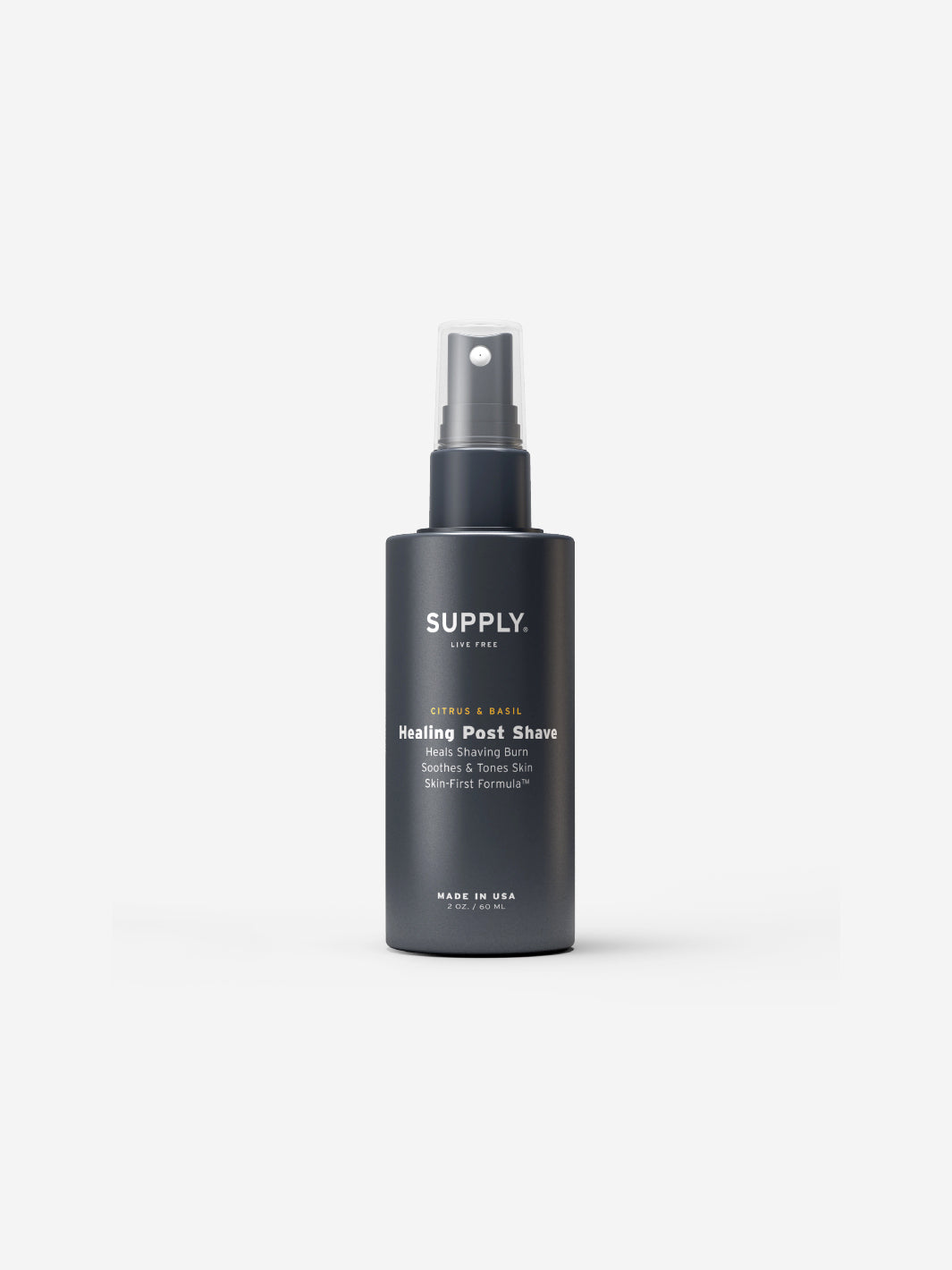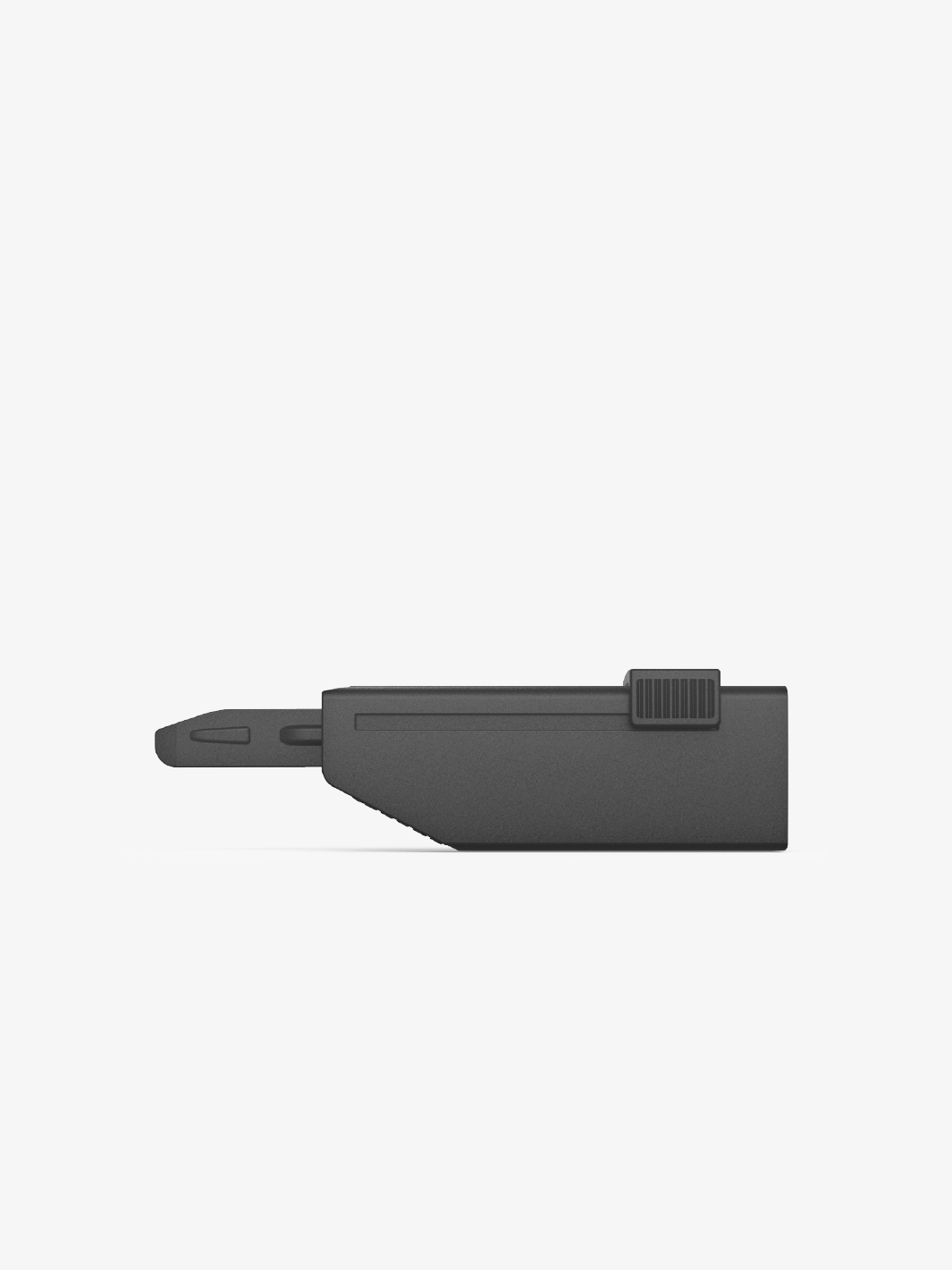The History of Shaving
Since the beginning of humanity, shaving has always been a major part of a man’s life. No matter the technological advances made, the fundamentals behind how people shave over the years are actually quite similar. The difference? A significant improvement in the actual tools and materials used to shave.

The Stone Age
Dating back to the Stone Age, ancient cave paintings from all over the world illustrate men without facial hair, suggesting that clamshells, obsidian, flint and sometimes even flames were used to shave one's face.
While obsidian and flint were used as sharp, razor blades during this time period, clamshells were actually used to pluck unwanted hair, much like modern day tweezers. As for the flames - you guessed it. Some men would literally singe off their unwanted hair.
It’s hard to imagine that humans during the Stone Age were worried about shaving, especially given the resources available to them. Historians do believe that their reasoning for shaving revolved heavily around personal hygiene and skin care regimen.

The Ancient Egyptians
Ancient Egyptians are credited with inventing and popularizing many tools used in wetshaving all over the world today. They held the belief that facial hair was a sign of personal neglect, lack of hygiene and was overall very unattractive. The result was many Egyptians frequently shaving their entire bodies.
The shave was performed by using a set of sharp stone blades set in wooden handles. They later replaced stone blades with copper. Many of the wealthy and royal family members even used razors made of solid gold and had their razor buried with them so they could remain “clean” in the afterlife.
Their use of Aloe Vera and other health remedies is believed to have been the first use of a shaving gel to prevent cuts, irritation or razor bumps during a shave. The Egyptians were known to chase perfection, and shaving was no exception.
Fun Fact: The Egyptians are also credited with inventing the profession of being a barber.

For hundreds of years to come, being clean shaven went in and out of fashion all over the world, and the razor didn’t take on any significant improvements. Alexander the Great and Julius Caesar were both always clean-shaven and encouraged their soldiers and followers to do the same.
On the other side, there were many cultures all over the world who saw facial hair as a sign of masculinity and strength. In fact, the Ancient Greeks were known to only shave their beards during times of mourning and losing one's beard was considered very shameful.
The European Middle Class
While the wealthy and noble class always had the financial means for shaving, it wasn't until the 1700's for the middle class to have access to razors or barbers. With industrial advancements, the middle class finally had the income to afford shaves from barbers who were, at the time, using steel straight razors.
In this pre-disposable blade era, razor blades had to be rubbed against a leather or canvas strap, called stropping, to realign the fine metal edge and remove any corrosion on the blade before proceeding to shave. Blades also needed to be honed periodically - a sharpening process usually performed by local barbers. The shave brush and shave bowl were also created and popularized during this era as a way to lather up and protect skin from the blades.

King Camp Gillette - The Safety Razor
In 1901, American inventor King Camp Gillette founded the American Safety Razor Company. Shortly after, he changed the company name to the Gillette Safety Razor Company in order to sell his patented version of the first safety razor with disposable blades. This eliminated the need for stropping blades and visiting the barber since people could finally shave on their own without worrying about deep cuts.
What seems so obvious now is what King Gillette took advantage of - an affordable product with a razor blade that could be used a few times and then disposed of. With this idea, King Gillette created the first mass produced disposable safety razor.

Lt. Col. Jacob Schick - The Injector Razor
Not long after Gillette’s invention of the safety razor, Lt. Col. Schick had the idea to create a razor inspired by the semiautomatic rifle he used during his time serving in World War 1. Schick started the Magazine Repeating Razor Company in 1925, and began selling his razor blades.
They were known for loading quickly and easily using a magazine of razor blades, which eventually became classified as the injector razor. This pack of blades would inserted a key into the side of a specially designed handle so that as a new blade was inserted, the old blade was easily ejected. Over the next eighty years, dozens of variations of an injector razor would be sold. It was popular for it's ease of loading a single blade and shaving.

The 90's
With constant changes to existing straight and double edge safety razors and the growing popularity of dry electric razors, Gillette decided to try something new. A second blade in your razor and the birth of multi-blade razors.
At this point, everything we knew about wetshaving had changed. It wasn’t long before a third blade was added. Then a fourth, a fifth, replaceable cartridges and pivoting heads. It’s true that these razor advancements made shaving a much more time-friendly task, but our skin pays the price with razor burn, bumps and ingrown hairs.

The Single Edge Injector Razor
Now, in this day and age, we have access to all sorts of razors and shaving tools from vintage safety razors to cartridge razors and electric. We may be a little biased (read:very), but we believe our beautifully reimagined injector razor, The Single Edge to be the best on the market. Made from the best materials on the planet with hundreds of 5 star reviews to prove it, the Single Edge was designed to provide a close, comfortable shave. The perfect shave is closer than you think.










